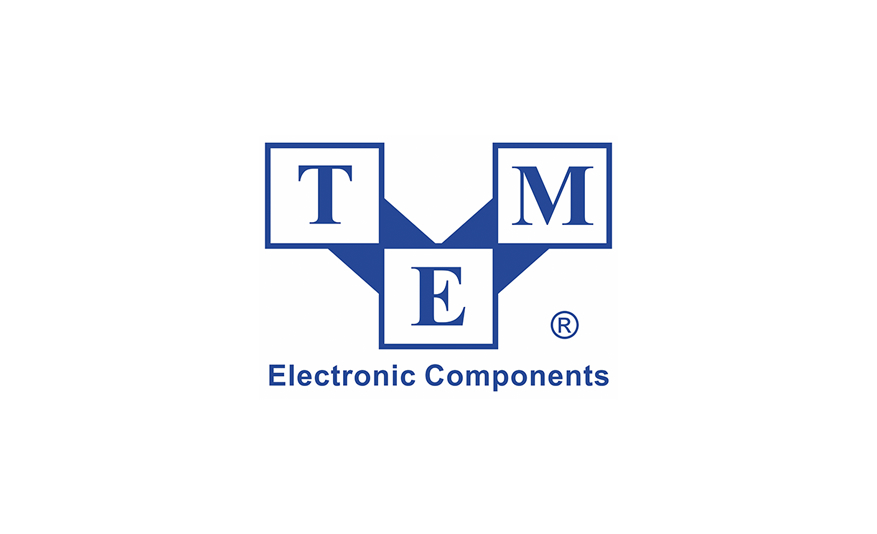A research team has developed a novel visible light communication encryption technology with high security using chiral nanoparticles.
Just as a lighthouse provides a guiding beam in the vast darkness of the sea, light-based information transmission has been a crucial means of communication throughout human history. Recently, next-generation communication technology based on visible light, which possesses high frequencies and linearity, has gained attention.

It offers advantages such as integration with lighting systems and is free from the electromagnetic interference associated with conventional communication networks. With high security and fast transmission speeds, visible light communication is particularly suitable for local communication systems, especially in military operations involving vehicles, drones, and personnel.
In addition to intensity and wavelength (color), light can carry a vast amount of information through polarization. For instance, 3D movies use polarized filters to deliver two different polarized images to the viewer's eyes, creating a sense of depth.
Recently, efforts have been made to improve the security and performance of visible light communication, including the incorporation of technologies related to polarization, such as quantum information communication based on the superposition of polarization.
The SNU-KAIST joint research team focused on how light polarization can be significantly modulated through interaction with nanomaterials. In this study, they developed an innovative visible light communication encryption technology based on new materials. The paper is published in the journal Nature Communications.
The core of this technology lies in chiral nanomaterials, which exhibit a symmetric structure when viewed in a mirror but do not overlap. These materials can significantly adjust the tilt of the polarization axis or its rotational properties.
Having previously published two papers in 2018 and 2022 in the journal Nature on "the synthesis and optical device application of chiral nanoparticles with world-class polarization control performance," the research team has now introduced a visible light communication encryption technology that cannot be replicated or intercepted without detailed information about the nanoparticles.
The chiral nanoparticles used in this technology are created by twisting their crystal structure using biomolecules like proteins and DNA, which possess natural chirality. The optical properties of these nanoparticles cannot be replicated without complete sequence information of the biomolecules used in their synthesis.
Therefore, chiral nanoparticles function like fingerprints or unclonable keys in visible light communication, allowing only the receiver with the actual nanoparticles to correctly decode the information. This encryption technology is expected to have significant utility in secure point-to-point communication systems, such as those used in military operations involving drones.
Furthermore, the research team developed a spatiotemporal polarization control device capable of transmitting encrypted polarization information. By combining quantum nanorods, which efficiently emit polarized light, with nanowire materials that provide rotational properties to the light, they used 3D printing to fabricate a polarization control device with hundreds of micrometers of spatial resolution and nanoseconds of temporal resolution, allowing all polarization states to be represented without restriction.
The transmitting unit can encrypt and transmit polarization information in a form suited to the polarization control properties of the nanoparticles using this device. This technology is expected to be the foundation for mass production of devices that can control spatiotemporal polarization without being constrained by form factor.
Professor Ki Tae Nam from SNU's Department of Materials Science and Engineering said, "This research, which actively combines new material technologies with communication technologies, played a crucial role in developing the world's first and only visible light communication encryption technology. We expect this technology to not only contribute to national defense but also be commercialized rapidly in industrial fields like display technology."
Professor Junil Choi from KAIST's School of Electrical Engineering added, "This outstanding research result was achieved through joint efforts between material science and electrical engineering experts. In the future, we aim to further develop visible light communication technology based on nanoparticles to create communication systems that are fundamentally impossible to eavesdrop on."
Co-first author Jeong Hyun Han also stated, "We anticipate that this encryption system will act as a platform with great scalability and impact in the field of optical information transmission based on polarization."
The team was led by Professor Nam from the Department of Materials Science and Engineering at SNU and Professor Choi from the Korea Advanced Institute of Science and Technology (KAIST).


















































